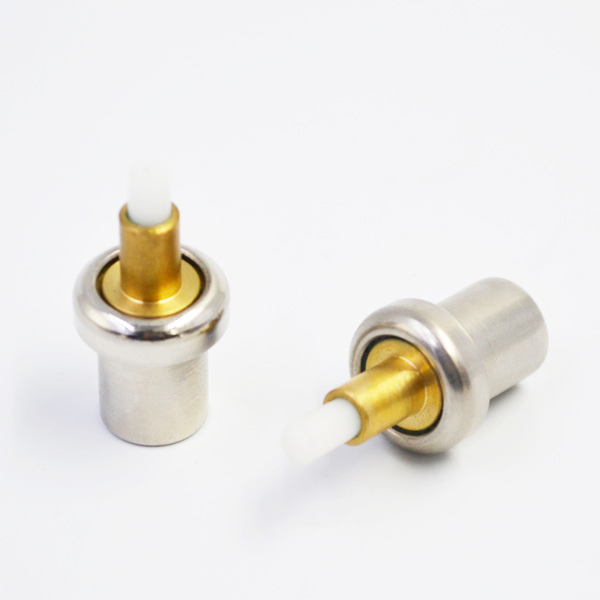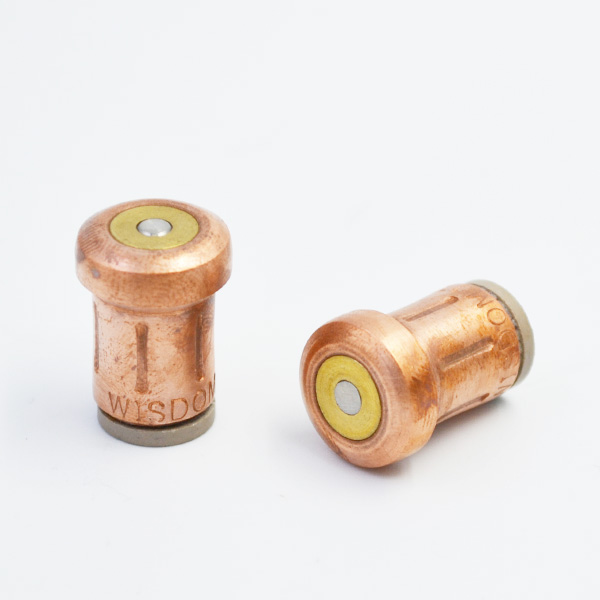The PLC programmable controller itself has the characteristics of strong function, high reliability, simple programming and convenient use. In industrial production, according to relevant processes and requirements, automatic control of production sequence and analog quantity can be carried out in industrial production, which has been widely used in today’s industrial production and achieved remarkable results. If the programmable controller is combined with communication interface and computer network, thermostatic element a new high-pressure coal slurry pump control system can be formed, which can be used to manage and control the high-pressure coal slurry pump. This paper mainly analyses the practical function of the principle of PLC programmable controller in industrial application, in order to get better application of PLC programmable controller in the future. With the rapid development of science and technology, PLC programmable controller has been widely used.
This controller belongs to a new type of digital operation electronic system and is designed for industrial applications. PLC uses a programmable memory, which mainly stores internal programs and executes logic operations, timing, sequence control and counting operations and passwords. The controller can also use digital or analog input and output mode to control machinery and other production processes, and has played a significant role in industrial applications. The software program of PLC includes two parts: system program and user program. The system program is the basic condition for the effective operation of PLC, and it is compiled by assembly language. When the PLC is out of the factory, it is fixed in the ROM system program’s memory, and no user intervention is needed when it is running.
PLC programming program mainly replaces the original relay with the programmable element relay, and replaces the traditional hardware wiring logic with the software programming logic. By this way, the control function of the controller can be realized. The programming language of PLC is mainly aimed at the controlled object, and can also be directly faced with the operator. For those technicians of relay contactor control circuit, this programming language is easy to master.
The core of PLC is the CPU, which is the core of the control and operation of PLC. The CPU includes an arithmetic unit and a controller. Its function is to process and control relevant information, and coordinate the whole operation of the controller. The performance of the calculator and the controller itself will have a direct impact on the performance of the PLC technology. If the performance indicators of the two are higher, the longer the CPU bits are, the faster the CPU will run. The memory of the PLC controller is memory.
Its function is to store all the systems in the controller, as well as user programs, logical variables, working data, etc. The memory that stores the system software is the system program memory, and the system program itself also realizes the effective control of various functions in the programmable controller. In addition, it can be compiled by the controller manufacturer. The effective connection between PLC and field I/O device or other external equipment mainly depends on the input and output module of the interface module. The input module of the interface can be used by PLC to fill various control signals produced in industrial production directly into the host computer, and the results can be formed in the output module through the calculation and operation of the user program.

The output module transforms the weak current control signal from CPU into the strong electric signal from industrial field, and then makes the solenoid valve be pushed, and promotes the contactor, motor and so on to operate effectively.
In essence, PLC is also a kind of computer control system. However, compared with ordinary computers, the industrial process interface has stronger performance, and the programming language is more in line with the relevant requirements of industrial control. PLC uses the related methods of cyclic work and sequential scanning. Under the control action of system software, it can repeat its work in the prescribed time, and every time it scans, it will go through several steps, such as input signal, output refresh and program execution.

In the input sampling, the CPU inside the PLC will scan the input end, and input the data generated by the temperature, state, speed and pressure signals of the field switch into the status register.
Secondly, when executing the program, the CPU will execute the instructions according to the order given by the user program. The conditions that need to be executed can be directly read by the CPU from the input state register and the programmable elements in the system. The input data can be logically and arithmetically calculated according to the program arrangement, and the results of the operation can be output. Third, refresh the output. When the program receives instructions, the CPU will output the operation results in the output state register to the latch, and use the corresponding output mode to output, so that various external executing agencies can work effectively. When all the above stages are completed, a scanning cycle will be formed by using the process of automatic control of the PLC system.
The operation of the PLC controllers system is a continuous and repetitive process. The scanning cycle is estimated beforehand. For different types of PLC, we need to check the instructions, find out the self-inspection process, and specify the time spent on input sampling and output refresh. Normally, the time required between input sampling and output refresh is 1m/s and 2m/s. Therefore, the scanning time required by the controller depends on the length of the user program, and is also related to the complexity of the process of the control object and the speed of CPU operation.
As far as the structure and function of the controller are concerned, PLC is a new and universal electrical controller, which regards computer as the controller of the system core. This setting is the same as that of ordinary computer, and the PLC programmable controller needs to process various data in the memory effectively according to the program. In the process of industrial control, this kind of data is input through the input port. One part is from digital quantity, the other part is from analog quantity, which exists in the sensors and main electrical appliances in the system. After that, the output port is used to transport other equipment besides the main engine, and then the external equipment is controlled. The output flow can also be used as analog and digital quantities in industrial control.
PLC programmable controller is used to process and control various events occurring in the industrial field by relevant application programs. Therefore, if the machine can complete the related tasks, it is necessary to let the controller complete the command tasks according to the program. With the rapid development of modern industrial technology, PLC programmable controller has been widely used in industrial control. With this technology, a large amount of data and processes in industrial production can be scientifically monitored and controlled. It also has the advantages of high economy and sound human interaction interface. It plays a very important role in modern industry.
